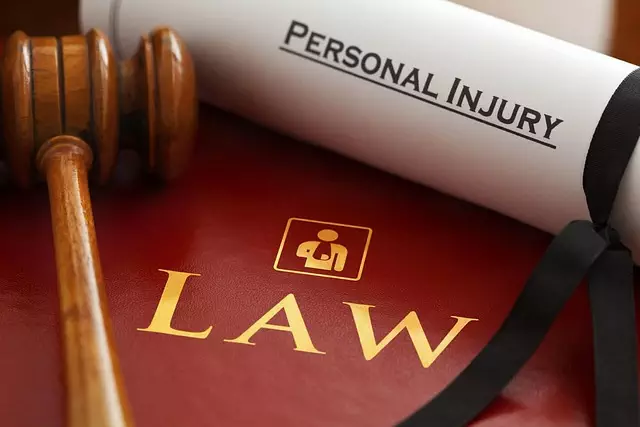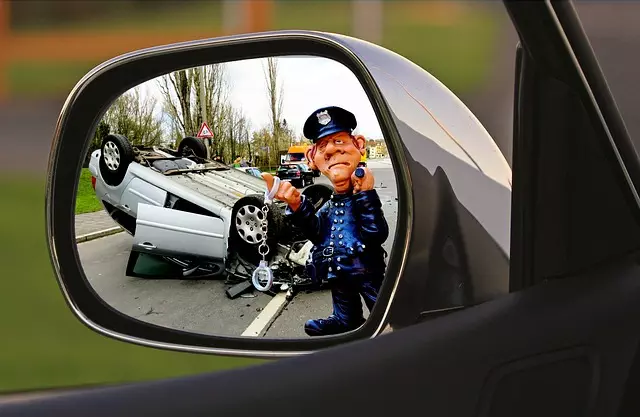Cyclist Right of Way Manhattan laws prioritize safety, granting cyclists protected status at intersections and in designated areas like bike lanes and crosswalks. Violations, such as drivers failing to yield or opening car doors into cyclists, lead to lawsuits. Strict liability laws enable cyclists or their representatives to seek justice and compensation. After an incident, gather evidence, understand your rights, and consult an experienced attorney. Building a strong case with robust evidence and testimonies is key to winning compensation for medical bills, lost wages, and pain and suffering. Understanding and adhering to these laws is crucial for preventing accidents and enhancing cyclist protection in Manhattan.
In Manhattan, cyclist safety has become a pressing issue, leading to an increasing number of lawsuits. Understanding the city’s unique right-of-way laws is crucial for both cyclists and drivers alike. This article explores common causes of such incidents, delving into the legal framework that holds drivers accountable, and providing practical steps post-accidents. We’ll also uncover strategies for building strong cases, including gathering evidence and testimonies, and discuss potential compensation avenues. Key focus: cyclist right of way Manhattan.
- Understanding Cyclist Right of Way Laws in Manhattan
- Common Causes of Cyclist-Related Lawsuits
- The Legal Framework for Holding Drivers Accountable
- Steps to Take After a Cyclist Safety Incident
- Building a Strong Case: Evidence and Testimonies
- Potential Compensation and Dispute Resolution
Understanding Cyclist Right of Way Laws in Manhattan

In Manhattan, cyclist right of way laws are designed to protect cyclists and ensure safe navigation on city streets. These laws grant cyclists certain privileges and responsibilities, similar to those of motorists, to promote harmonious coexistence between different modes of transportation. Cyclists in New York City have the right of way at many intersections and when using bike lanes or paths, which can significantly reduce the risk of accidents and injuries.
Understanding these rights is crucial for both cyclists and drivers. Cyclists should be aware of their legal protection, especially while riding in designated areas like bike lanes and crosswalks. Conversely, drivers must familiarize themselves with these laws to avoid endangering cyclists. Adhering to these rules not only keeps everyone safe but also fosters a more inclusive and efficient transportation system in Manhattan.
Common Causes of Cyclist-Related Lawsuits

In many cyclist safety lawsuits in Manhattan, the primary causes often revolve around violations of the Cyclist Right of Way laws. These cases typically arise from situations where a motorist fails to yield the right of way to a cyclist, leading to collisions. Common scenarios include left turns across a cyclist’s path without signaling or checking for their presence, and opening car doors into cyclists on busy Manhattan streets.
Another significant cause is the lack of proper signage and infrastructure to protect cyclists, such as inadequate bike lanes or poorly designed intersections. These issues can contribute to hazardous conditions that lead to accidents and subsequent lawsuits. Moreover, driver negligence, including distracted driving and speeding, plays a substantial role in cyclist-related injuries and legal disputes.
The Legal Framework for Holding Drivers Accountable

In Manhattan, the legal framework for holding drivers accountable for cyclist safety is well-defined, with a clear set of rules governing right of way. According to local laws, cyclists are granted specific rights and protections on the road. One key aspect is the “Cyclist Right of Way” legislation, which stipulates that drivers must yield the right of way to cyclists at intersections and in certain designated zones. This law underscores the city’s commitment to prioritizing cyclist safety and promoting shared road usage.
When a driver fails to comply with these regulations and causes harm to a cyclist, it paves the way for legal action. Cyclists or their representatives can file a lawsuit, leveraging Manhattan’s strict liability laws that hold drivers responsible for any damages resulting from negligent driving. This robust legal framework empowers cyclists to seek justice and compensation for injuries sustained in accidents, ensuring accountability and safer roads for all users.
Steps to Take After a Cyclist Safety Incident

After a cyclist safety incident in Manhattan, it’s crucial to take immediate steps to protect your rights and ensure justice. First, assess any injuries and seek medical attention if needed. Then, gather evidence at the scene—take photos of the accident location, the conditions, and any visible damage to your bike or injuries you sustained. Note down the contact details of anyone involved, including drivers, witnesses, and emergency responders.
Next, review Manhattan’s cyclist right-of-way laws to understand your rights and responsibilities. Familiarize yourself with local traffic rules regarding cyclists, as these can significantly impact how the incident is interpreted legally. Consider consulting an experienced attorney who specializes in cyclist safety cases to guide you through the process, ensure your legal rights are protected, and help you navigate any potential lawsuit against a negligent driver.
Building a Strong Case: Evidence and Testimonies

In a Cyclist Safety Lawsuit Manhattan, building a strong case hinges on robust evidence and compelling testimonies. Gathering comprehensive data about the incident, including photographs, video footage, and expert opinions, is paramount. These visual aids can vividly illustrate violations of the Cyclist Right of Way Manhattan laws by defendants, enhancing the credibility of the plaintiff’s claims.
Testimonies from witnesses who observed the event play a crucial role. Medical records and reports from treating physicians can also serve as powerful evidence, detailing injuries sustained and their impact on the cyclist’s life. Additionally, expert witnesses with specialized knowledge in traffic laws or cycling safety can provide insights into whether the incident could have been prevented, reinforcing the case further.
Potential Compensation and Dispute Resolution

In a Cyclist Safety Lawsuit in Manhattan, potential compensation can cover a range of expenses incurred due to the accident, including medical bills, rehabilitation costs, lost wages, and pain and suffering. The cyclist’s right of way in Manhattan is a critical aspect, as it dictates who has the legal advantage in such disputes. Understanding these rights is crucial for both riders and motorists alike to prevent accidents and navigate disputes effectively.
Dispute resolution often involves negotiating settlements or proceeding with litigation. In cases where a cyclist’s rights have been violated, especially regarding the right of way, legal action can lead to significant compensation. This process aims to ensure accountability and promote safety by setting precedents for future cases, ultimately enhancing cyclist protection on Manhattan’s roads.
Cyclist safety in Manhattan is a complex interplay of laws, responsibilities, and public awareness. Understanding your rights and the legal framework surrounding cyclist right-of-way incidents can be pivotal in ensuring justice and compensation. By being informed about common causes of lawsuits, gathering robust evidence, and taking the necessary steps after an incident, cyclists and advocates can contribute to navigating Manhattan’s streets safer. This knowledge empowers individuals to protect themselves and fosters a culture where all road users respect and prioritize cyclist safety.
